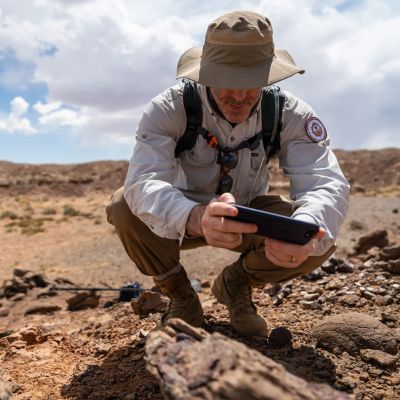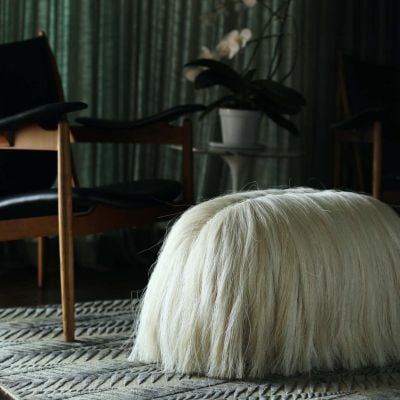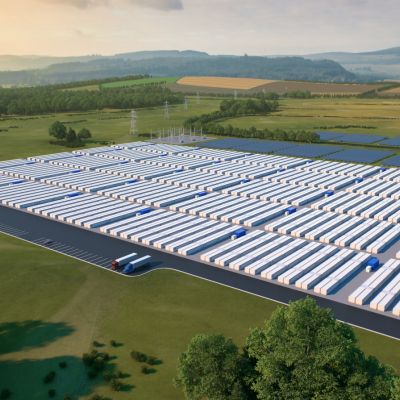Next Best Things
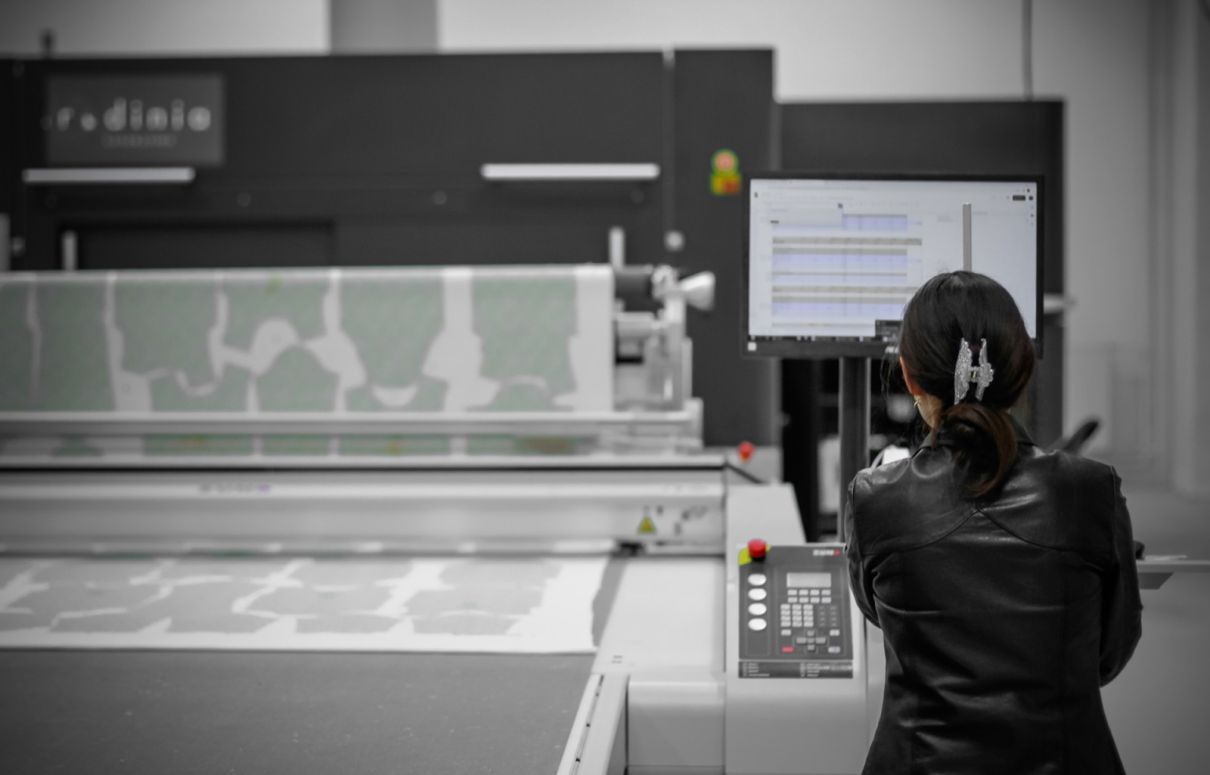
They may sound plucked from sci-fi, but these four innovations could change the world.
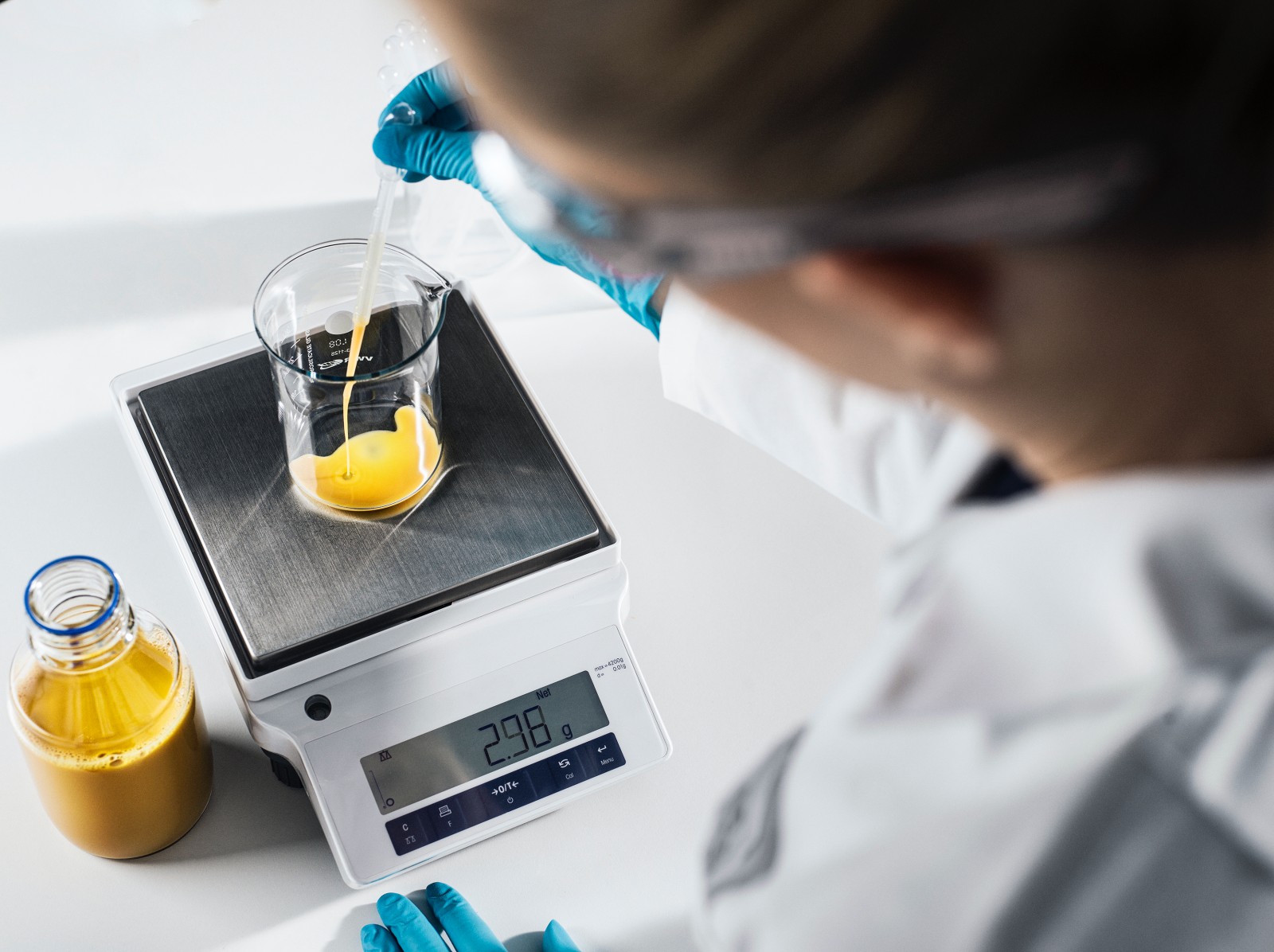
From a climate-friendly protein made from electricity, to a ground-breaking female contraceptive, we look at a quartet of the most interesting inventions around.
Proteins from ‘thin air’
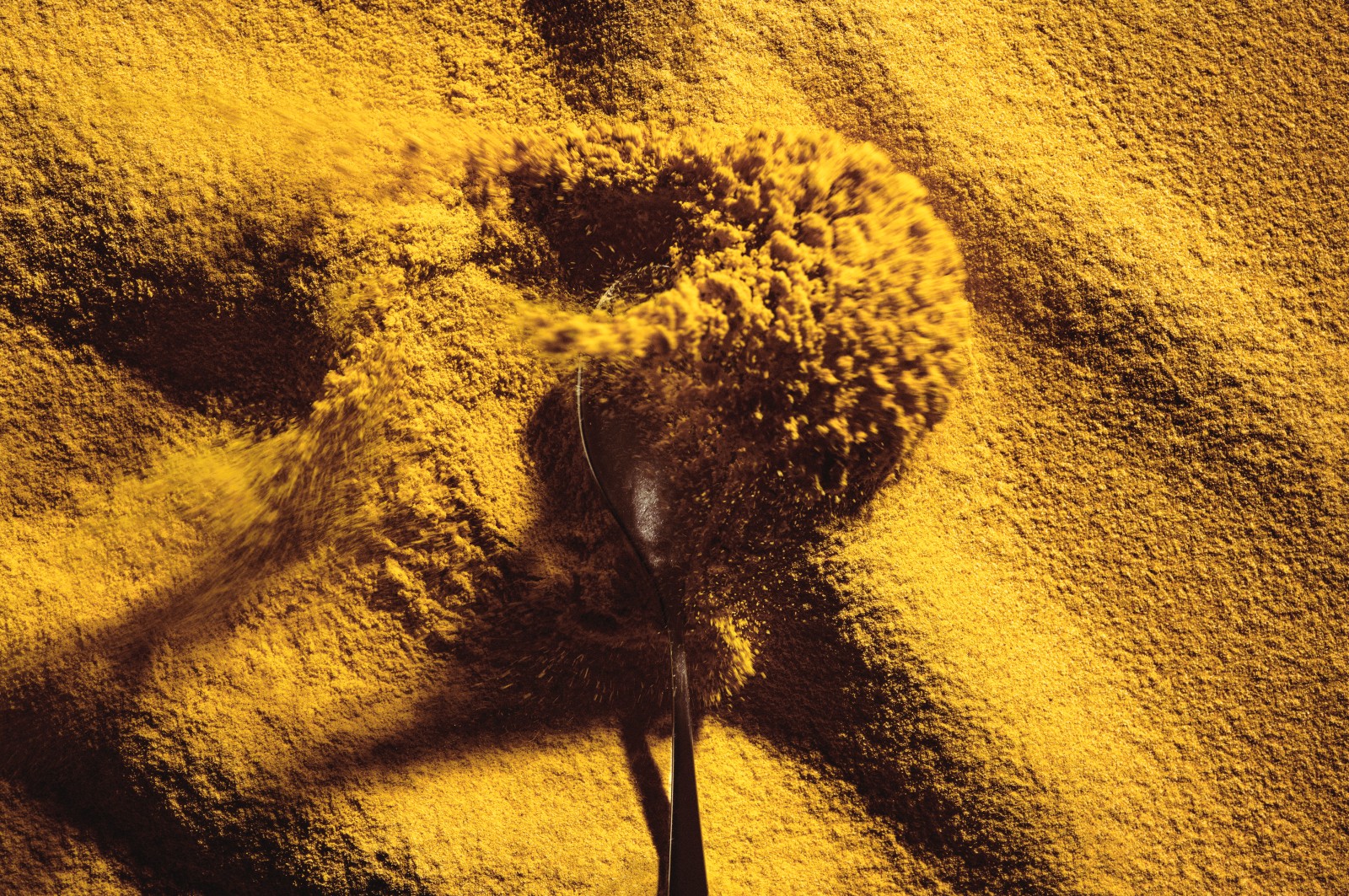
Almost everything we eat is by design. Just as our modern food industry is, by poor design, pushing our planet to the brink. We’re scrambling to find the magic formula for sustainable food security, but conventional farming of crops and livestock can only take us so far. Now, visionaries have produced a solution that takes them entirely out of the equation.
“New technologies open windows to the future — that’s at the heart of possibilism,” says Pasi Vainikka, co-founder of Solar Foods and the scientist behind Solein: a protein made from ‘thin air’.
Using a similar technique to brewing beer, Solein is produced through a unique bioprocess using CO2 and electricity. After fermentation, it’s extracted, dried, and the result is an edible product reminiscent of wheat flour that can be added to existing foods such as pasta, bread, or beverages.
Overall, Solein’s bioprocess is 10 to 100 times more climate-friendly and efficient in water use than any animal or plant-based alternative. And, according to Solar Foods, it will be cost-competitive with almost all proteins.
While it may sound like something plucked out of sci-fi, the company envisions that Solein will eventually become as ordinary and as reliable a food source as the potato.
Solar Foods is currently building its first commercial factory in Finland to be opened in 2023 and is aiming to “liberate the entire planet from the burdens of agriculture”, with Singapore being the first country to approve Solein for consumption.
“We’re now developing one thing that can empower many new technologies,” says Vainikka. “A future where we can produce eggs without chickens, milk without cows, meat without killing, and it will all be so obvious 15 years from today.”
Sniffing danger
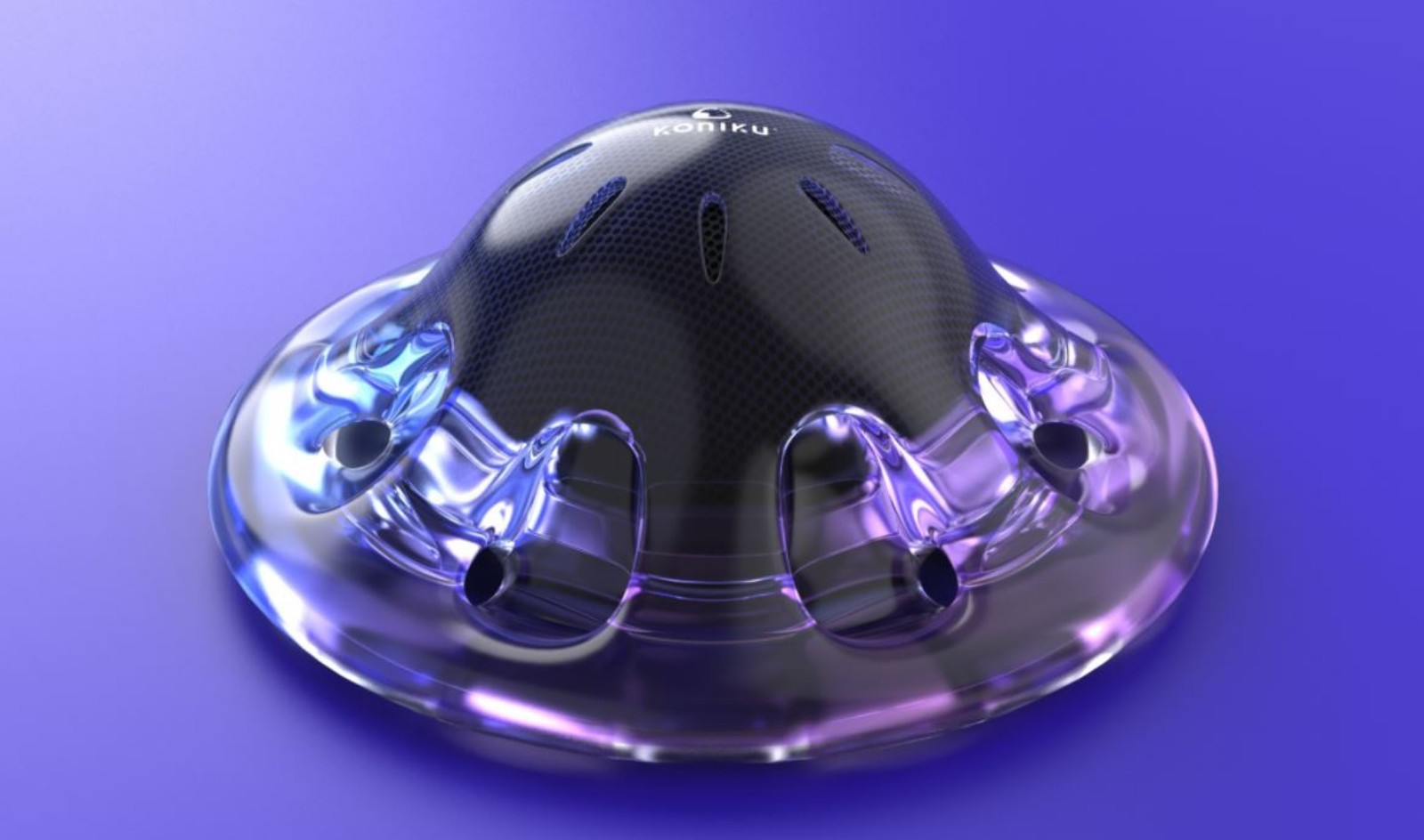
Today, we use canines and rodents on the frontlines of danger. They expose illicit drugs, clear landmine fields, and even detect illnesses: tuberculosis, malaria and even Parkinson’s, often before symptoms appear.
These highly evolved noses of the animal kingdom have become critical to human well-being, saving countless lives every year. Now, Silicon Valley-based company Koniku is replicating this tremendous power through their novel ‘smelling cyborgs’.
Konikore, a jellyfish-looking device weighing just 600g, mimics the tiny receptors found inside some of the planet’s most capable noses. Its goal: to sniff out danger and disease, from explosives to coronavirus.
“You can’t have 5,000 dogs in an airport, but you can have 5,000 [Konikores] embedded in the walls,” says Koniku founder Osh Agabi. “We can smell people for explosives or even if they’re a biological threat.”
Since 2017, Koniku has worked with aerospace company Airbus to design a safer, touchless traveller experience; and with Thermo Fisher Scientific, a manufacturer of scientific equipment, to sense fentanyl, methamphetamine and other drugs.
But, beyond security, Koniku aims to unleash its true game-changing capacity in diagnostics and health. Within this decade alone, its goal is to equip 10 million homes with their device, giving users the power to monitor health and self-diagnose with just their breath.
“In terms of life expectancy, science has been incredibly successful, and I believe we’re coming up to our next inflexion point,” says Agabi. “The question we're asking now is how do we make sure that you are as awesome when you are 80 as you were when you were 20? I know it’s a tall order, but this is one place to start.”
Future fashion
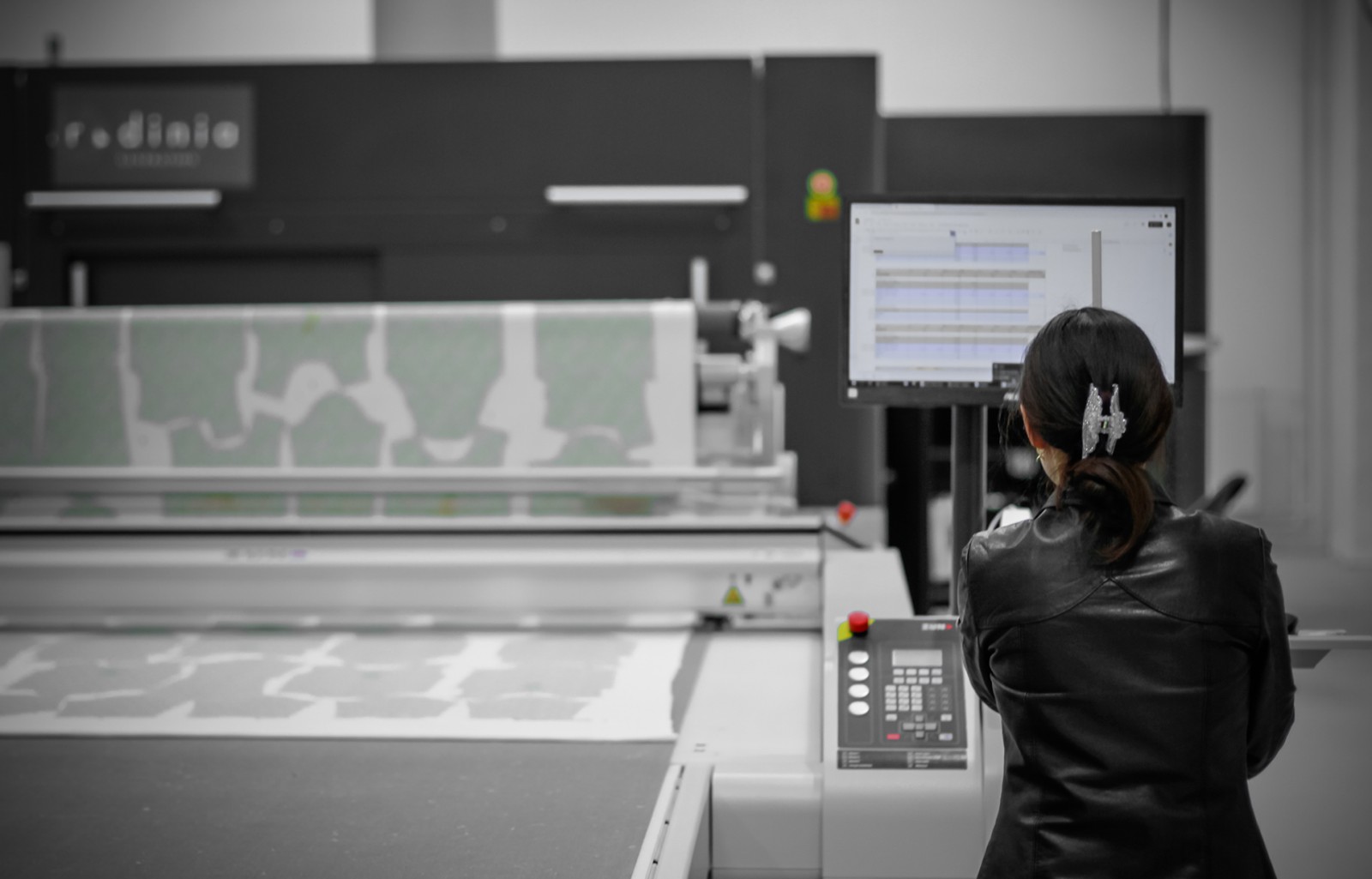
Today, 80 billion garments are produced every year to feed our insatiable appetite for style and status. And now the world is ripping at the seams. When an industry is so rooted in reinvention, how do we cap the damage without capping creativity?
Start-up Rodinia Generation, led by designer Trine Young, is using technology to tackle the problem at the source: overproduction.
“Imagine that we can produce clothes locally, very quickly, and without using any water at all,” explains Young. “Imagine that all of the energy we use is sustainable and that we can reduce the carbon footprint of clothing production by 95 percent – this is exactly what we do.”
Rodinia Generation has designed a scalable micro-factory that can ‘print’ garments on demand and is set to completely disrupt the textile production industry.
The factory is composed of two major components; the software as the ‘brain’ and the hardware as the ‘body’, explains Young. Creatives and brands upload their digital files that are processed through four different machines and printed as cut-out garment modules ready to be sewn together.
“In 200 square metres, we can manufacture thousands of unique products at the same speed that we can do 1,000 copies,” explains Young. With this technology, brands can reduce their production lead time from six to nine months, on average, to just 48 hours.”
The company has built its first operational micro-factory in Copenhagen and, by the end of 2023, plans to duplicate the model in Europe. According to Young, its goal is to help local fashion communities blossom while providing a new sustainable and ethical technology.
“We want to change the fashion production industry but also give small brands the right start in the industry,” she says.
Tiny clear capsule
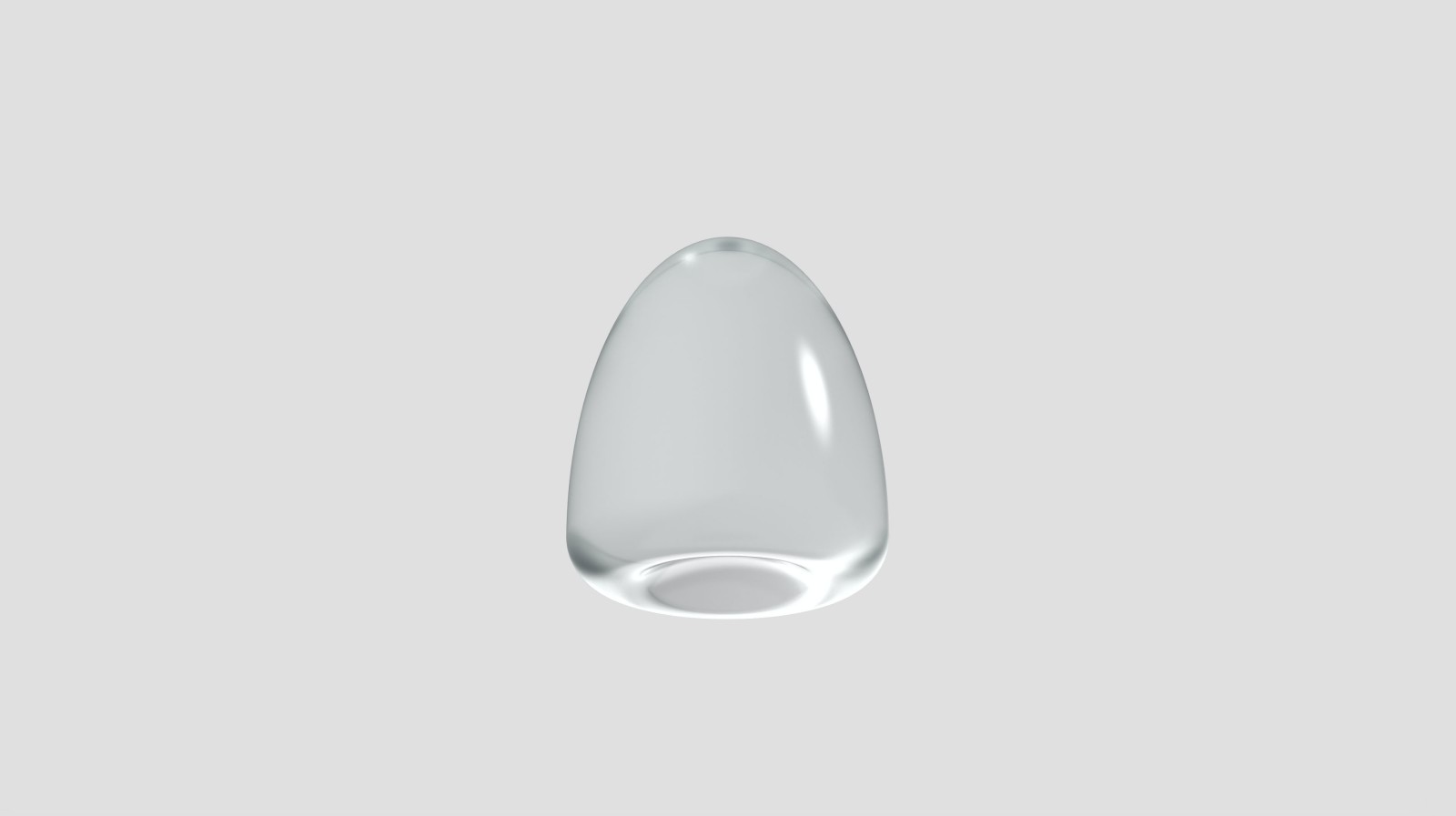
Like many products and services designed for women, there’s been little innovation in the field of female contraception. The hormonal pill alone was introduced more than 60 years ago and still burdens many with a range of side effects and compromised efficiency.
“[The pill] has been liberating and created economic freedom but it’s also clear the side effects are as serious as a systemic drug,” says Frederik Petursson Madsen, CEO and co-founder of Cirqle Biomedical. “There’s a need for a better alternative: something that provides greater efficacy with no side effects, and at the same time, a great user experience.”
Cirqle Biomedical’s tiny clear capsule, named OUI, builds on the female body’s natural pregnancy prevention. During menstrual cycles, cervical mucus naturally becomes impenetrable for sperm and more watery at the time of ovulation, thereby allowing sperm cells to pass.
When inserted, OUI reverts the cervical mucus to its impenetrable state. Without any use of hormones, it can reach 99 percent efficiency just one minute after insertion, lasting up to five hours.
The technology is inspired by pioneering mucus engineering research at the Massachusetts Institute of Technology and The Royal Institute of Technology in Stockholm, Sweden. “By reinforcing [a barrier] that’s already strong, we can reach high efficacy that hasn’t ever been seen before in non-hormonal contraceptives,” explains Thomas Crouzier, co-founder of Cirqle Biomedical.
OUI is currently in pre-clinical development but so far has demonstrated 100 percent efficiency in animal testing. “Our vision is to harness new discoveries to create long-overdue breakthrough treatments for women,” says Madsen.

